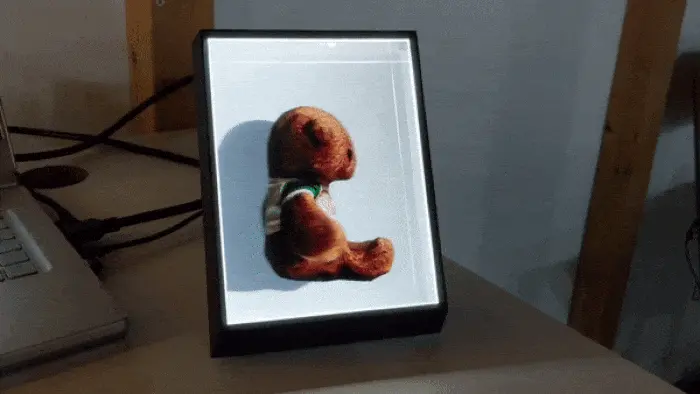Introducing Looking Glass Portrait. Your first personal holographic display.
“If everything moves along and there are no major catastrophes we’re basically headed towards holograms.”
Martin Scorsese
Looking Glass Portrait is available here for $199 until Dec 6th.
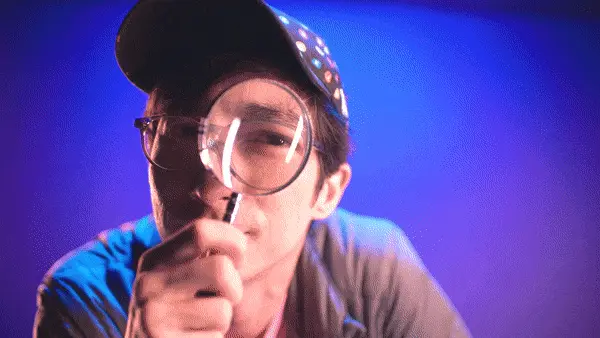
When I was in high school, my dad and I built a holographic studio in my bedroom. I scrawled “DANGER! LASER IN USE!” on my bedroom door and got to work. After six months of dead-ends and hours sitting quietly in a laser-filled room waiting for the holographic glass slides to expose, I had it — my first hologram.
I remember pulling that holographic slide of Mickey Mouse out of the vibration-isolation sandbox at the foot of my bed, throwing open the front door and running into the street holding this glorious creation from the third dimension over my head. No one was out to share in this momentous occasion — it was the middle of the night in suburban Tampa, Florida after all — so I did a lap around the cul-de-sac on my own, quietly yelling in celebration at this hard-won achievement.
Only extreme fanatics really thought you could make holograms of any sort back then. Even the holograms we could make were the equivalent of, basically, laser photographs. And so, the dream of holographic display was firmly relegated to the imagined futures of sci-fi movies for another 20 years.
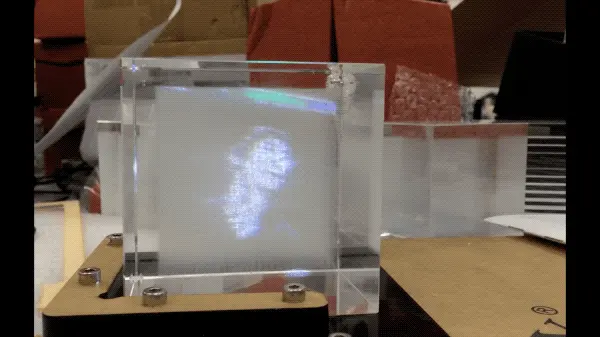
Fast forward a couple decades to 2014. A small group of misfits and I founded a company called Looking Glass Factory to prove it was possible to make a real holographic display. We wanted to create a device that could generate living, dynamic, computer-controlled holograms — the technology of our dreams that would conduct fields of light in just such a way as to open up a three-dimensional window into another world. One that we could look into together without needing VR goggles or AR glasses.
After creating hundreds of prototypes, by 2018 we’d cracked the core technical problems and started shipping the world’s first holographic display dev kits to thousands of hologram hackers around the world. Holographic displays weren’t just a dream from sci-fi movies at that point — they were something real that we used every day.
Even so, holographic displays were still a medium that only specialists could really use. And that’s never been the end goal. I’ve always wanted a way for everyone to have their own holographic display. That’s why today I’m so excited to share something our team and I have been working on in secret for a while now: Looking Glass Portrait — your first personal holographic display.
You don’t need to know how to program to use it. This is a device designed for the millions of people that work or play in 3D in any way: Artists, Designers, Developers, Filmmakers, Photographers, and those of you who are just starting to explore three-dimensional capture and creation. Even phones can now capture holograms.
Oh, and it’s under $300. (Actually $199 until Dec 6th.)
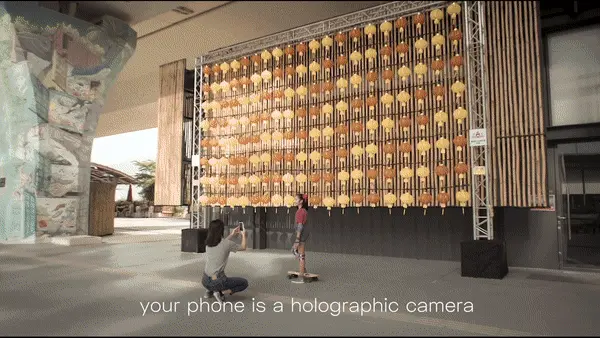
Looking Glass Portrait gives you the power to capture and create holograms of your own for the first time, and to have up to a thousand of your own holograms on your desk. This is in some ways a bet that the killer app of the hologram isn’t a game or scientific visualizations or 3D spreadsheets — it’s people. This is all a dramatic acceleration of our original game plan and, of course, COVID played a defining role here.
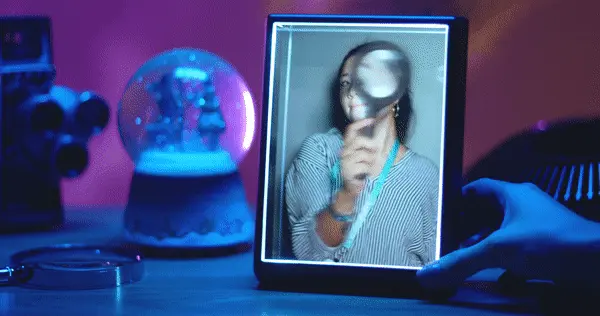
Back in March 2020, just a week before the WHO declared COVID-19 a pandemic, I published a post called “The Killer Apps of the Hologram”. In it I listed Machines, Maps, and Medicine as the likely first killer apps of this new interface. And then at the end of the post, almost as an afterthought, I added a fourth item: Memories.
Out of the four first killer applications described in this post, the capturing and replaying of holographic memories is probably the furthest from becoming widespread, primarily because it has a dual dependency on both display and capture technologies. But it’s the closest to my hologram heart, so I’m shoving it in here as a stretch contender. The realization of this dream is actually why I co-founded the company Looking Glass Factory in the first place.
[March 5, 2020]
It’d be an understatement to say that COVID-19 reordered that priority list. Everyone we cared most about was suddenly just a little rectangle on a screen in endless Zoom meetings, remote birthday parties, and the occasional awkward Google Hangouts happy hour. As the world locked down, the most important things in the world became how to better connect with one another, and how to better remember those moments from the Before Times.
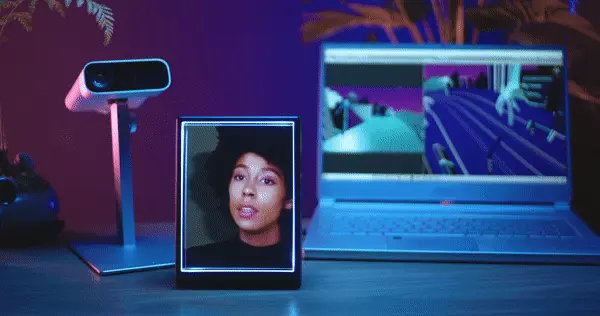
On this backdrop, our team at Looking Glass Factory accelerated development of a skunkworks project we’d been quietly working on: a radically low-cost holographic display with the display of holographic people and characters at its core. This new system would leverage the latent depth capture capabilities of new phones and would have a new standalone mode, meaning the system could run holographic media without being tethered to a PC or Mac.
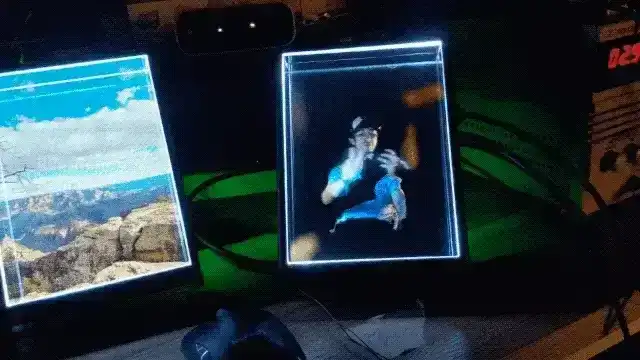
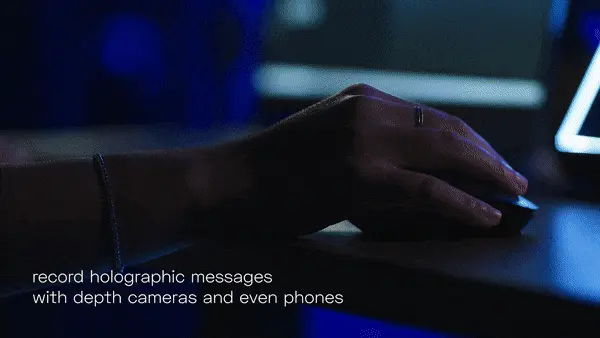
When we started, we didn’t know if any of this was possible. And even if it was technically feasible, it was still a couple years of work that we would need to pull off in six months. This meant we had to iterate on new prototypes of the critical hardware and software at a furious pace, dropping prototype packages in the mail and into a constant circulation of Ubers and Lyfts that seemed to be fine transporting our prototype packages around Brooklyn without passengers.
But the team pulled off several miracles, invented a number of brand new technologies along the way, and somehow it all came together. And this time, it feels as if holograms are here to stay.
This is part of a major shift underway of a magnitude similar to the shift from photographs to film or radio to television, and that’s the shift from flat media to holographic light field media.
The depth detail from the iPhone 12 Pro LiDAR camera is INSANE. pic.twitter.com/6vXvXlq3dr
— Shawn Frayne (@shawninvents) October 25, 2020
The release of Looking Glass Portrait is meeting a moment where millions of people are finding they have 3D depth cameras, some even with LiDAR capabilities, in their pockets in phones they already own.
You can make Looking Glass Portrait your first holographic display for $199 until Dec 6th (normally priced at $349).
Go here to learn more and get one of your own.
To the future!
— — — —
Inspired by movies in the 80’s and 90’s, the author Shawn Frayne has been reaching towards the dream of the hologram for over 20 years. Shawn got his start with a classic laser interference pattern holographic studio he built in high school, followed by training in advanced holographic film techniques under holography pioneer Steve Benton at MIT. Shawn currently works between Brooklyn and Hong Kong where he serves as co-founder and CEO of Looking Glass Factory.
